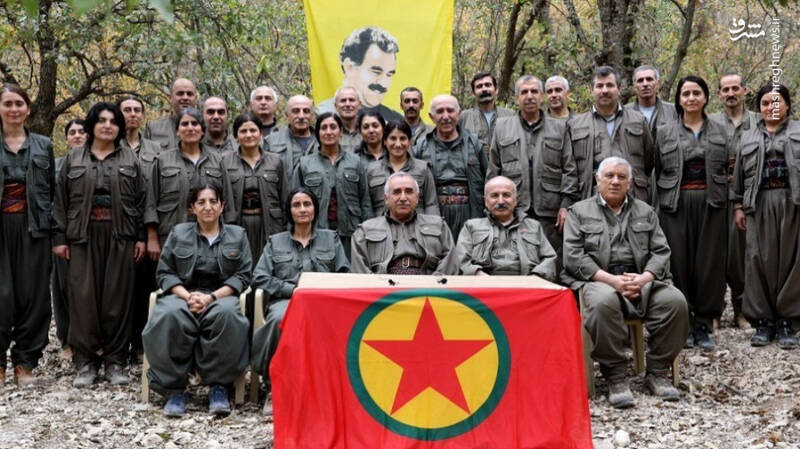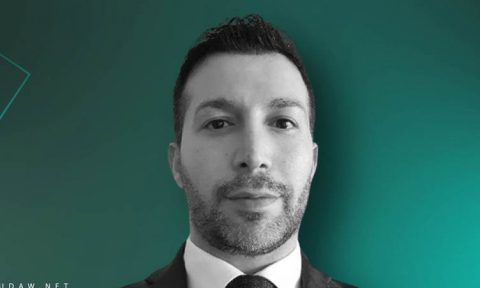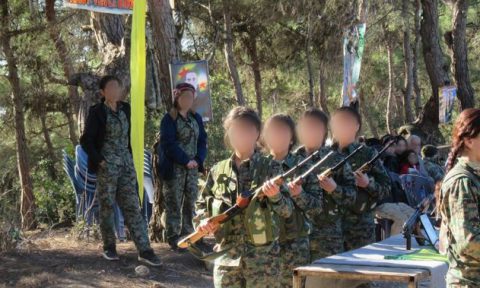How familiar are you with cults? Do you know what kind of group this word used to introduce different groups today, defines? What are the characteristics of cults? And which component is the criterion of being a cult?
A cult is a group or organization, pursuing particular goals, like other associations and parties. But the distinguishing line that separates the path of the cult from other groups is the relations that are known as “cult relations”. This title defines a type of relationship in which people consciously and by using certain methods force other people to follow them; they guide people in such a depended way in all life decisions, and control others by different methods for specific goals.
The mentioned people try to create this awareness for the followers in the cult relationship that they have a special position, genius and talent. They have special knowledge and pursue a great and valuable goal. It should be said that this cult relationship is the same relationship between the leader and the followers in the context of the cult, in which the role of the leader is fundamental and identity-building. Mrs. Margaret Thaler Singer, an American psychologist, describes cult leaders in the book “Cults Among Us” as follows: “Cult leaders are self-appointed and imposing people who claim to have a special mission or have special knowledge.” Leaders in cults try to attract inviolable and false acceptance by showing themselves unattainable in science and talent; In fact, by playing the role of the chosen one, they seek to attract members to exercise control over them. With this self-made charismatic personality, the leader exerts the will in the life, existence and property of the followers.
The leaders of cults consider just themselves worthy of honor and respect, and to this forced respect, they expect followers of the cult to do whatever they say, abandon their children or separate from their spouses. The leader’s wish is that the members place the sect’s beliefs – the principles and opinions of the leader – at the highest level of importance.
The relationship between the members and the leader in these cults is inverted (T); that the leader is at the head of affairs and the rest of the followers are placed under his authority. The leader is the only and last ruler in this autocratic structure; No one is capable of confronting his power, and having a problem with the leader or moving against his opinion is a way to destruction. The leader is the absolute power that there is nothing above him; in this structure, there is no authority for the claimant of the members because the leader is at the top of the power and does not allow an equivalent power.
The next context in cult leaders’ actions is the dual moral system considered for members to have conflicting behavior inside and outside the cult. In this approach, members are internally encouraged to be honest, committed and well-behaved, and leaders expect them to comply with moral principles and foundations. The leader asks members to be honest with the cult about all matters of life, even the most private and personal matters, not to hide anything and honestly confess to the leader even about the smallest mistake. But outside the cult, play a role to achieve the cult’s will, mislead others and do anything that helps the goal. The cult’s argument for adopting this method is the clichéd sentence “the goal justifies the means”.
To know a cult, the best way is to utilize the experiences of those who have met and risen with these groups, have closely understood the events, and have seen the proposed cult relationship. “Democracy and human rights are slogans in these groups, it is a bitter joke. Its leadership is chosen not by elections, but by Cemîl Bayik, Duran Kalkan and Murat Karayılan. These full of frustration and pain words are of a man who has lived in one of these cults for many years. Azad Rojhelat, a former member of PJAK, who separated from the Kurdistan Free Life Party, or rather the PJAK cult, in 2010, regarding the situation and conditions of his association with PJAK- during a conversation he had with us last year on the Iranian Kurdistan Human Rights Watch website – says: “What bothered me was the discrimination between people, while they had no rank. Even the leader’s food or shoes were different.” Or in another part of the conversation, he refers to the dictatorial and imposing structure of this cult: “You don’t have the right to protest there, your right to criticize in the name of democracy is turned upside down that makes it hard to believe.” The only impression that can be made of these bitter experiences mixed with hatred is Kurdistan Liberation Party (PJAK), contrary to the claim that it calls itself the standard-bearer of Kurdish parties, is a cult with the most complex relations, a self-appointed, imposing leadership, and an autocratic structure; The structure that Bidwan Urmia, one of the former members of the PKK, puts forward: “Among them democracy is nothing more than words and slogans, freedom of speech and thought has no place in it. You can criticize there, but you will be condemned so much that you will regret.” These are the tip of the iceberg that narrates much more strange and horrifying stories in its lower part.
An example of the double moral behavior in this cult can be mentioned in the words of Pi Shiva in a part of her conversation with the Iranian Kurdistan Human Rights Watch website.
An example of the double moral behavior in this cult can be mentioned in the words of Pi Shiva in a part of his conversation with the Iranian Kurdistan Human Rights Watch website, who says about the relationship between men and women in this cult: “We did not have the right to look at the girls, but the commanders [communicated] with them as they wished”; This is the double moral approach to achieve their desires that Mrs. Thaler had mentioned about the behavior of leaders.
Most of the members are encouraged to join this cult with the promise of success, finding a job, getting an education, and acquiring welfare and material facilities and after a while try to escape when they realize that the promises and ideals are false. One of the people rescued from this cult is Tikosher Rojhelat, who was recruited in 2008 and escaped in 2011. “They promised me a job, a place and a better future,” he said. And the reason of his separation was lack of political motivation and finding a job. But in one of his talks, he talks about one of the leaders of the PJAK cult named “Amed Shahu”, who is a manifestation of superior and all-knowing spirit of the leader; “He (Amed Shahu) introduced himself as the hero of the prison, for me even his face was funny. He was a child, but he wanted to show himself as a scholar, wise and great.” This is the spirit that wants to instill the thought of superiority of the leader in the mind of the followers. To shape their thoughts and beliefs by creating a feeling of weakness in the members against the leader and commander and the member’s servitude document will be included in the ownership of the cult. PJAK, a wolf in a sheep’s clothing or a cult in a party’s clothing!










